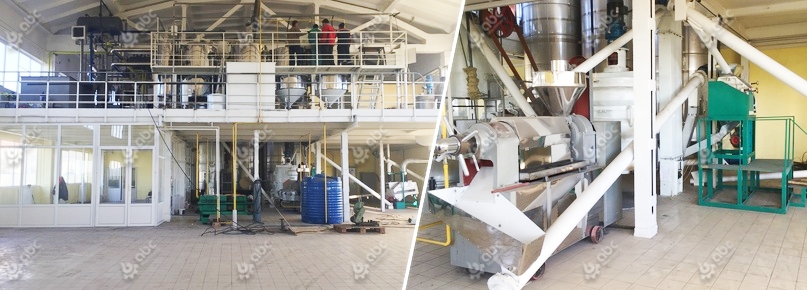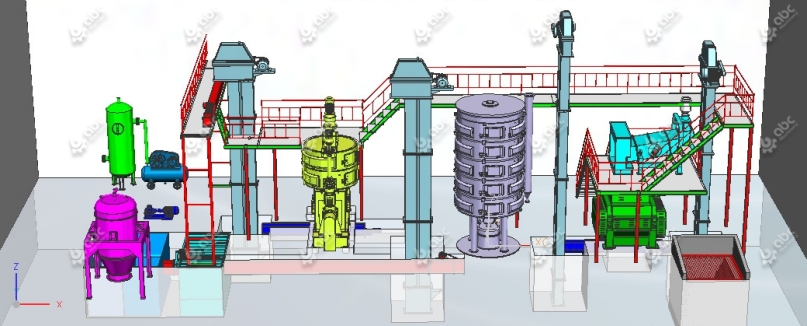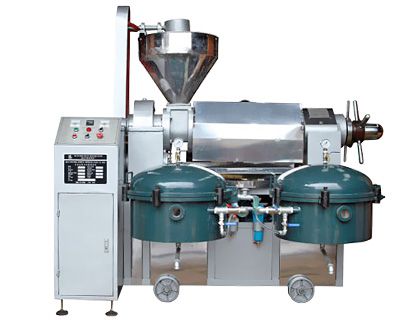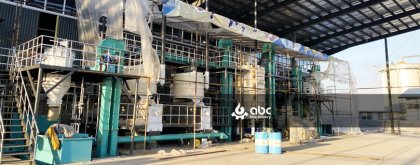
Buy the Right Coconut Oil Extraction Machine for Home Use or Small Business
Small Coconut Oil Mill Investment Planning and Feasibility Analysis
The global coconut oil extraction industry is valued at over USD 5.8 billion (2024), driven by demand in food processing, cosmetics, and biofuel. Setting up a requires well-structured investment planning and feasibility assessment to ensure a balance between production efficiency and financial sustainability.
Market Trend and Investment Outlook
According to APAC agricultural statistics, Indonesia and the Philippines contribute more than 60% of global coconut oil exports. For small- and medium-scale investors, the entry barrier is relatively low — a 5–10 ton/day capacity plant can be initiated with an investment of USD 50,000–120,000, depending on automation level and equipment origin.
Cost Structure and Return on Investment
The major cost components of a mini coconut oil processing business plan are shown below:
| Cost Component | Typical Range (USD) | Percentage of Total Investment |
|---|---|---|
| Coconut Oil Extraction Machinery & Equipment | 25,000–60,000 | 45–55% |
| Land & Construction | 10,000–25,000 | 20–25% |
| Labor & Utilities | 5,000–15,000 | 10–15% |
| Working Capital | 8,000–20,000 | 15–20% |
A Return on Investment (ROI) between 18%–25% annually is achievable when the plant operates at 80% utilization with steady supply of dried copra (6–8 tons/day).
Feasibility and Risk Considerations
A small coconut oil mill investment must evaluate:
- Raw Material Supply: Access to copra within 30–50 km radius.
- Energy Availability: A 10 ton/day plant typically consumes 40–50 kWh per ton of processed material.
- Labor Requirements: About 6–8 workers per shift for semi-automatic operations.
Before construction, a comprehensive coconut oil extraction plant feasibility study should verify market demand, raw material logistics, and expected yield. A sensitivity analysis on oil prices and copra costs ensures accurate financial forecasting.

10TPD Coconut Oil Manufacturing Plant Project Report
Partner with our engineering team to develop your customized small coconut oil mill investment blueprint and secure reliable project returns.
Process Flow and Equipment Configuration for Small Coconut Oil Extraction Plant
A small coconut oil mill plant typically follows three stages — crushing, pressing, and filtering/refining. The process design directly affects oil quality and yield.
Key machines include:
- Copra Crusher – Reduces dried coconut into small flakes (capacity: 300–500 kg/h).
- Screw Oil Press Machine – Extracts oil at 85–92% efficiency.
- Centrifugal Filter System – Removes residual solids and moisture.
- Refining Section (Optional) – Uses neutralization and bleaching for high-purity oil.
Automation level can vary from manual presses to PLC-controlled systems integrating NIR (Near-Infrared Reflectance) sensors for quality monitoring. Energy consumption optimization through inverter-driven motors can save 10–15% electricity annually.
Get your customized coconut oil extraction equipment list and system integration plan – contact our technical consultants today.
Optimizing Oil Mill Factory Layout and Production Line Design

A 20TPD Edible Oil Production Line Layout - 3D Design Chart Reference
Efficient coconut oil plant layout design ensures smooth material flow and safety compliance. For a small scale oil mill floor plan, raw material receiving, pre-treatment, pressing, and filtration zones should follow a linear sequence to minimize material handling.
Recommended space: 150–200 m² for a 10 ton/day setup. Pipelines should be arranged to reduce transfer losses (<3%) and improve cleaning efficiency (CIP cycle <20 min).
Get your optimized coconut oil production line setup plan and engineering layout consultation today.
Cost Control and Production Capacity Optimization Strategies
Operational profitability depends on meticulous coconut oil production cost optimization and yield enhancement.
Key Optimization Areas
- Energy Efficiency: Replacing standard motors with IE3-grade models reduces energy use by 12–18%.
- Maintenance Planning: Scheduled oil press maintenance every 500 hours prevents output loss.
- Oil Yield Improvement: Upgrading press barrel design can increase extraction rate by 2–3%.
To control expenses, small mills should implement real-time production tracking via a lightweight Manufacturing Execution System (MES). This allows monitoring of batch performance, energy data, and predictive maintenance alerts.
By improving copra drying uniformity (moisture <6%), total yield can increase by up to 10% annually. Recycling of filter residues can recover additional 1–2% of oil.
Enhance your mill’s profitability and operational stability – consult our process engineering specialists for a complete optimization plan.
At every stage, from feasibility to cost control, coconut oil extraction remains the core process driving efficiency and profitability. With proper planning and the right small coconut oil mill plant setup, investors can achieve sustainable growth in this competitive sector.
We receive enquiries in English, Español (Spanish), Русский язык (Russian), Français (French) and العربية (Arabic).Our professional team will reply to you within one business day.Please feel free to contact us!



 Screw Oil Press
Screw Oil Press Small Oil Mill Plant
Small Oil Mill Plant Small Oil Refinery
Small Oil Refinery Automatic Oil Press
Automatic Oil Press Multifunction Oil Press
Multifunction Oil Press Hydraulic Oil Press
Hydraulic Oil Press


![[Presidential Visit] Zimbabwe 30 Tons/Day soybean oil plant for Extraction and Refinery Was Successfully Completed](/uploads/allimg/soybean-oil-plant-press-refine-business-lp.jpg)

